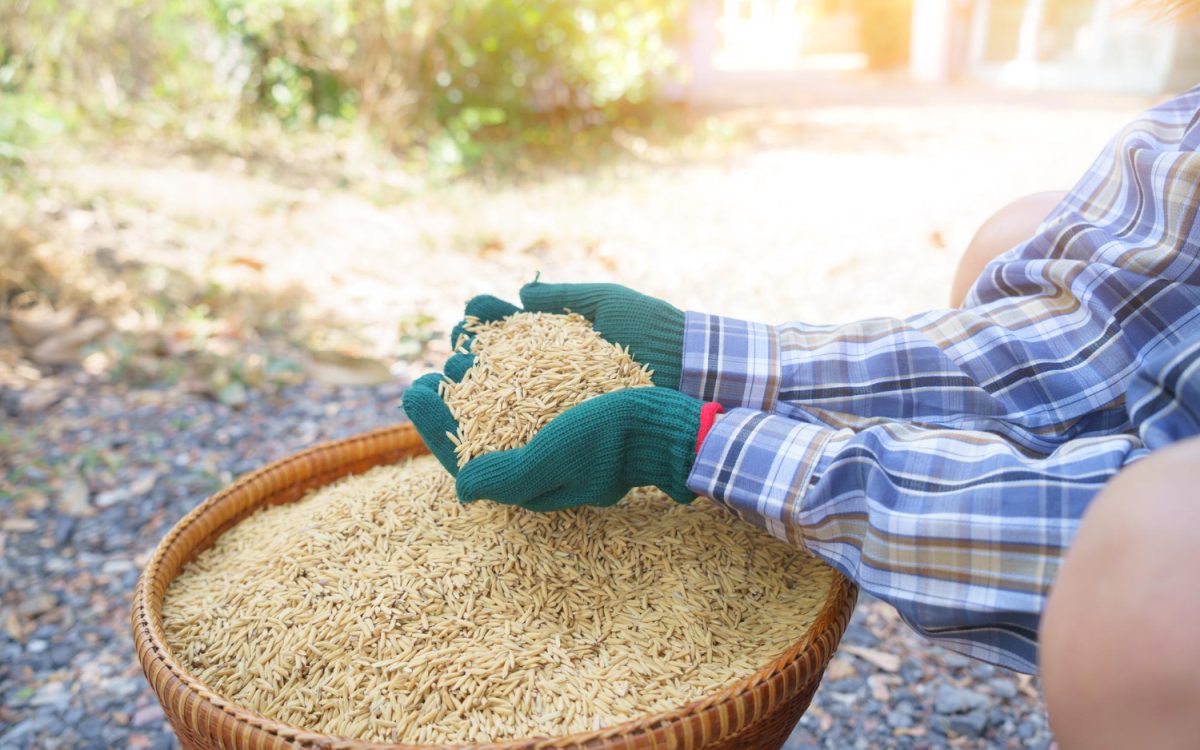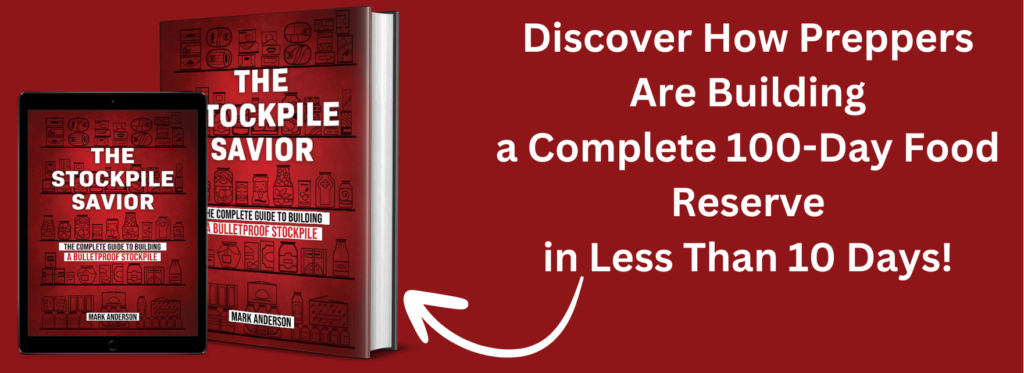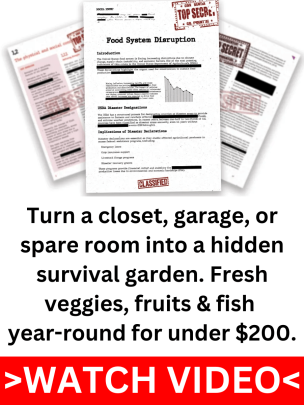You believe you are prepared. You’ve spent years stockpiling emergency supplies to ensure your family doesn’t go hungry if a tragedy occurs. But when the time comes, you open a bag of rice from your stash, anticipating a dependable, long-lasting food source, only to discover that it is teeming with bugs or smelling rancid. All of that preparation was for naught.
Rice is one of the best survival foods out there. It’s calorie-dense, lightweight, and, if stored correctly, can last for decades. But improper rice storage can wipe out your stockpile faster than you think. Most preppers assume tossing a few bags of rice on a shelf is enough, but without the right techniques, you could be inviting pests, mold, and spoilage into your stash.
The fact is that when it comes to rice storage, even the most well-prepared survivalists make crucial errors. You won’t realize it until it’s too late, which is the issue. The most common storage errors for rice, the consequences of improper storage, and, above all, how to ensure that your rice is ready when you need it most will all be covered in this article.
The Biggest Mistakes Preppers Make When Storing Rice
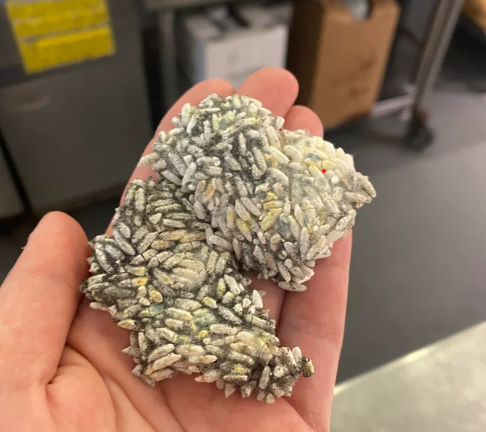
Many preppers make the mistake of thinking rice is one of those “set it and forget it” survival foods, just buy a few big bags, toss them on a shelf, and they’ll be good for decades. The reality is, that improper rice storage can turn those bags into a useless mess long before you ever need them. If you’ve never checked the way you’re storing rice, you might already be making one of these common mistakes.
Keeping rice in its original packaging is one of the most common mistakes. While those paper or plastic bags could work well for a short period, they are not airtight, so with time, air and moisture can sneak in. Even worse, they provide no defense against pests. Why risk your survival food the same way you wouldn’t put an open box of cereal in your pantry for months and expect it to stay fresh? Rice can absorb moisture from the air if it is not properly sealed, which can cause mold growth, clumping, and a lower shelf life.
Ignoring oxygen loss is another serious error. When it comes to keeping dry goods, oxygen may not seem like much, but it has a significant impact on how long rice lasts. Mold, bacteria, and even insect infestations are fueled by oxygen and can completely ruin your supply. How can this be avoided? Absorbers of oxygen. Rice can be kept for decades without going bad if it is kept in airtight containers with these absorbers. However, you are risking your food supply if you omit this step.
Then there is the unseen foe that most preppers overlook: bugs. Numerous individuals are unaware that rice may already contain microscopic insect eggs. If those eggs are not controlled, they will hatch, and one day you will open your container to see a colony of weevils scuttling through your food. Any concealed bugs are eliminated before they become an issue by freezing rice for at least 72 hours before storing it. This small action can make the difference between losing everything to bugs and having a steady source of food.
Long-term food storage is more than just piling up bags of rice. If you want a real guide to stockpiling food that lasts, check this out, it covers storage methods used before refrigeration was even a thing.
Choosing the Right Containers: What Works and What Doesn’t
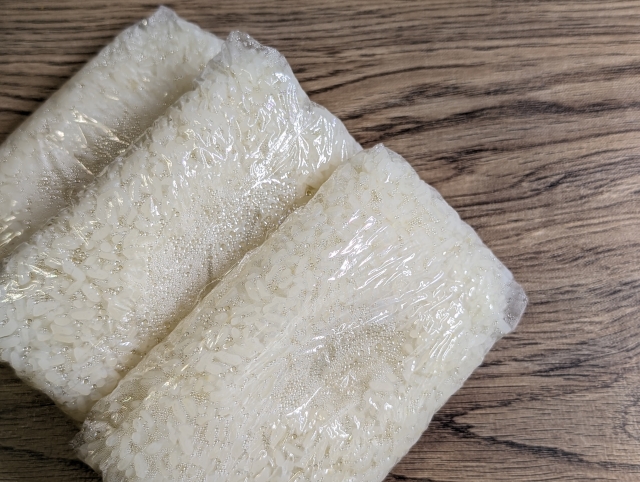
Many preppers spend a lot of time and energy purchasing rice in large quantities, only to store it in containers that cause internal damage. Your rice storage can be made or broken by the container you use, and some of the most popular options, such as reusable food containers or plastic supermarket bags, might reduce the supply’s shelf life. Although non-food-grade plastic buckets may seem like a good option, they frequently don’t seal well enough to keep out moisture and might eventually leach chemicals into the rice. Even seemingly solid plastic storage boxes can let moisture and air in, which can lead to mold growth and spoiling.
Mylar bags with oxygen absorbers sealed inside food-grade plastic buckets are the ideal option if you want your rice to endure decades rather than months. Mylar is made to keep out the three elements that eventually ruin rice: light, moisture, and oxygen. Together with oxygen absorbers, which eliminate the remaining air within, you’re establishing an almost vacuum-sealed environment that makes it impossible for moisture, bacteria, and insects to thrive. Another great choice, particularly for white rice, is glass jars with airtight sealing if you like smaller quantities for simpler rotation.
Some preppers go one step further and use vacuum sealing for added protection. By eliminating almost all of the air from the storage bag, this technique significantly increases the shelf life. Vacuum sealing is effective when utilized within a Mylar bag or food-grade bucket for enhanced protection, even if it won’t stop light exposure or punctures on its own.
No matter which container you use, where you store it matters just as much. Temperature swings are the enemy of long-term food storage. If rice is exposed to heat and cold fluctuations, condensation can form inside the container, leading to mold growth. The best place to store rice is somewhere cool, dry, and dark, a basement, pantry, or root cellar works well, as long as it stays below 70°F and isn’t prone to dampness.
How Long Can Rice Really Last?
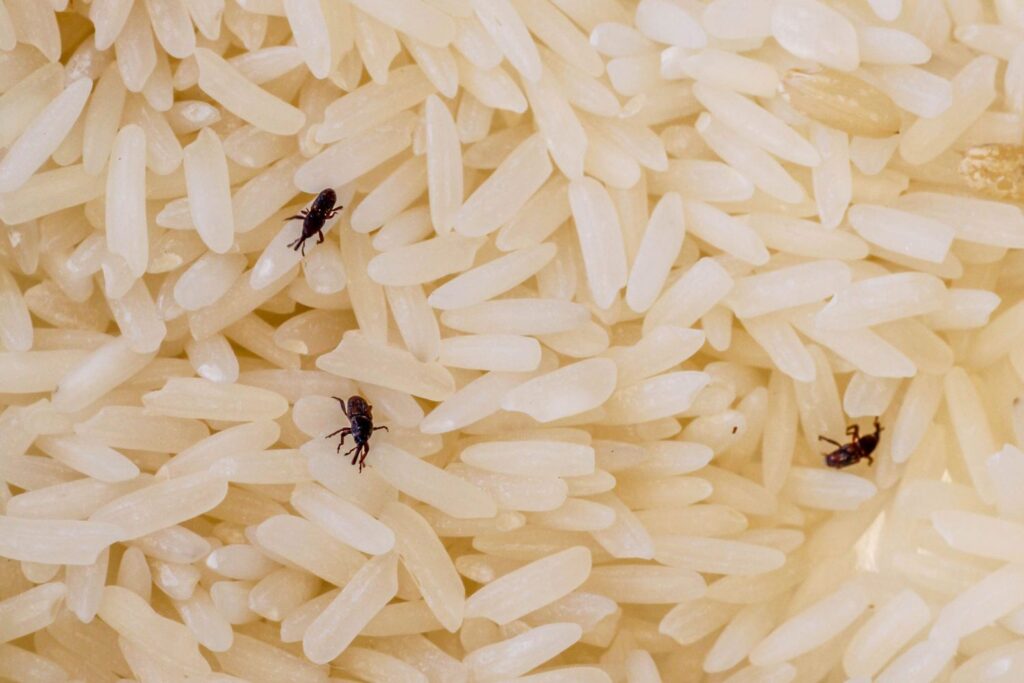
If stored properly, white rice can last over 30 years and still be just as edible as the day you packed it away. That’s why it’s a top choice for preppers, it’s cheap, calorie-dense, and almost impossible to ruin when sealed correctly. But some people make a big mistake when choosing rice for long-term storage: they stock up on brown rice, thinking it’s the healthier option. While it’s true that brown rice has more nutrients and fiber, it also contains natural oils in the bran layer, which make it go rancid much faster. Even in ideal conditions, brown rice typically lasts only 6 to 12 months before the oils start to break down. Unless you’re storing it in the freezer, it’s not a great choice for long-term survival food.
Even if you’ve done everything right, used Mylar bags, and oxygen absorbers, and kept your rice in a cool, dry place, you still can’t just set it and forget it. Regular inspections of your stockpile are critical. Every few months, check for any signs of mold, moisture buildup, or strange odors. If you see tiny bugs inside the container, it’s time to toss that batch. Rice is one of the best survival foods out there, but only if you make sure it’s still good before you need it.
Long-term food storage isn’t just about having rice, it’s about knowing what lasts, how to store it, and what to do if something goes wrong. A well-thought-out plan can make all the difference, and this one covers essential prepping strategies most survivalists overlook.
Extra Steps to Maximize Shelf Life
Even if you’ve got the right containers and storage conditions, there are a few extra steps that can significantly extend your rice’s shelf life and keep it pest-free. One of the easiest and most effective tricks is to freeze your rice before storing it. Many people don’t realize that tiny insect eggs can already be present in store-bought rice, even if you can’t see them. If left untreated, those eggs can hatch and turn your food supply into an infested disaster. The solution? Put your rice in the freezer for at least 72 hours before packing it away. Freezing kills any hidden pests and ensures your rice stays clean and safe. Just make sure to let it return to room temperature before sealing it up to prevent condensation.
Diatomaceous earth is an additional effective pest-repelling technique. Made from fossilized algae, this food-safe powder kills insects before they can infest your supply by dehydrating them. The finest aspect? It is safe to eat and entirely natural. Before sealing your storage container, add a small amount (about one tablespoon for every five pounds of rice) to it. This easy procedure provides an additional layer of defense without the need for chemicals or refrigeration.
Finally, even in ideal storage conditions, no food should be left untouched for decades. The easiest approach to keep your rice fresh is to rotate it using the First In, First Out (FIFO) method. When you add new rice to your storage, prioritize the older batches by using them first. This guarantees that nothing is neglected and prevents inadvertent spoiling. A little organization goes a long way toward ensuring a steady food supply
The proper way to store rice is simple, but if you omit any one step, it might make the difference between a damaged stockpile and a consistent supply of food. Using the incorrect containers, neglecting oxygen removal, and leaving rice in its original packing are the worst blunders that can result in mold, moisture buildup, and pest infestations. That bag of rice you were depending on for survival can go bad long before you need it if it is not properly stored. The secret to ensuring that rice lasts for decades is to freeze it before storing it, use Mylar bags with oxygen absorbers, and store it in a cold, dry location.
The worst thing you can do is assume your current setup is good enough without checking. Now is the time to take action. Go through your rice storage, inspect your containers, and make adjustments where needed. It only takes a little effort to get it right, and once you do, you’ll have a dependable food source that will be ready when you need it most. Your future self, and your family, will thank you for it.
If you’re serious about long-term food storage, you need a foolproof plan, not just a few tips. This guide is packed with knowledge on storing, preserving, and preparing survival foods that could be lifesaving in a crisis.

